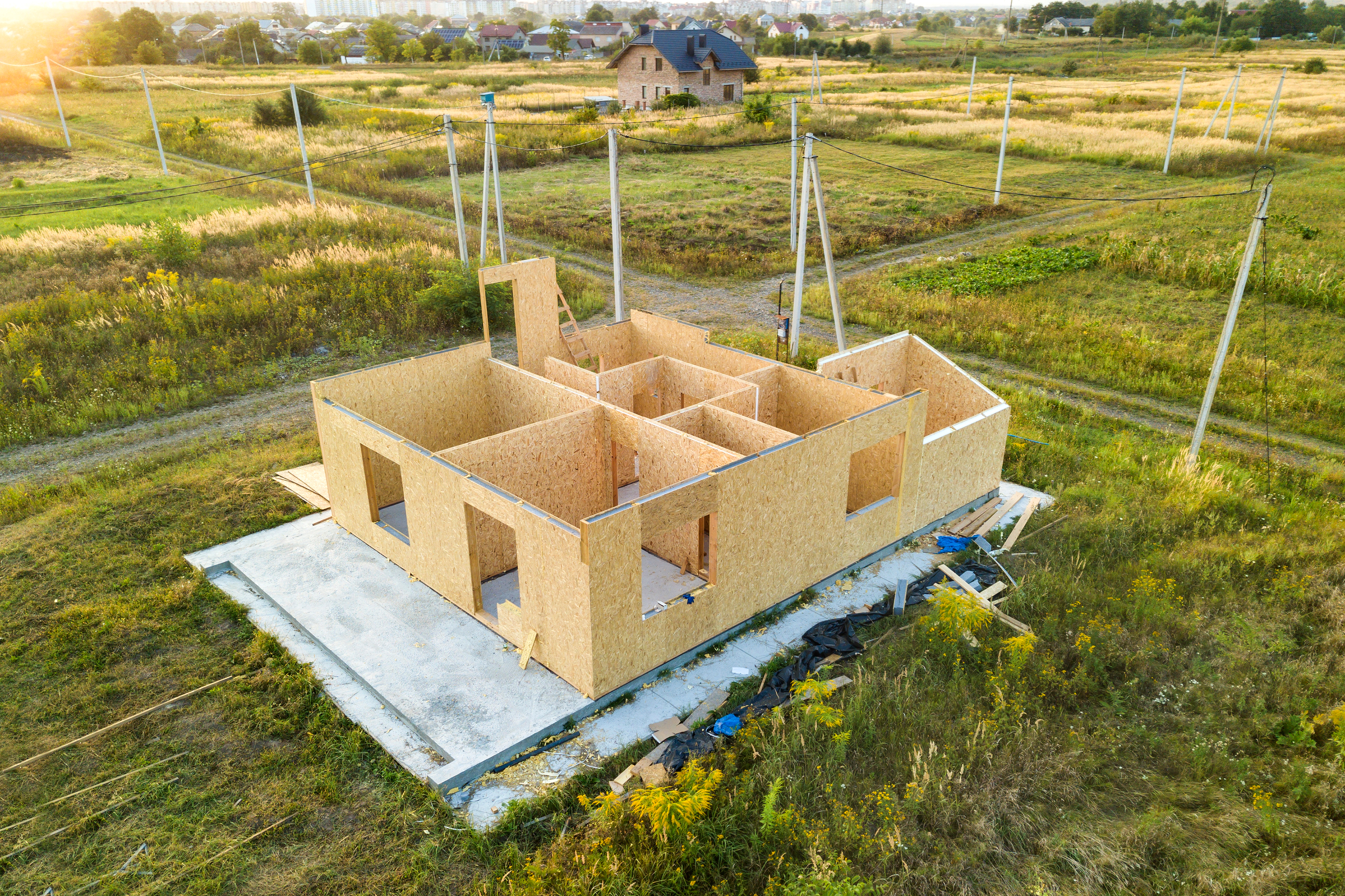Want to explore MMC but not sure where to start? Here’s how…
We have written a lot recently about MMC. You’ve probably seen a lot about it in trade publications too.
And there’s a very good reason that it’s the talk of the town – sooner or later, in one form or another, all housing providers will be using MMC for their new builds.
I know there are cynics out there, but from everything we can see on the political, technological, social, economic and environmental horizon, it’s an inescapable fact. The tide is turning towards MMC.
LHC Group director John Skivington recently wrote this blog piece which gives more detail, but essentially, with the Government putting more and more emphasis on MMC builds, it’s no longer an issue that can be ignored.
A requirement of the new Affordable Homes Programme (AHP) strategic partnerships funding is that 25% of a project must be MMC. Or, if you’re planning on applying for AHP funding through the Continuous Market Engagement route, MMC is considered a strategic priority that will be considered during the assessment of bids.
Elsewhere, there are a variety of other initiatives to promote the take-up of MMC, not least the Future of New Homes Bonus consultation, which proposes to introduce a premium for new homes built using MMC and bonus funding conditions based on local authorities achieving MMC-related targets. Meanwhile, an MMC Task Force has been set up in Wolverhampton with £10million seed funding to investigate how to increase take-up.
The role of pre-manufactured value
As part of its MMC drive, the Government has introduced the concept of pre-manufactured value (PMV) into the equation. In effect, this is a calculation of the proportion of a build that happens offsite.
The AHP requires that, for any project to meet its MMC target, builds must achieve a minimum of 55% PMV, and given its introduction to such an important scheme we can expect PMV to be introduced across policies in the future too.
The PMV amount changes based on the kinds and combinations of MMC used on a project (you can have a play with the PMV calculator here, if the mood takes you). There are different categories of MMC, from one to seven; if you want to find out more, you can read about the different categories here.
Using category one (modular/volumetric, or 3D structural systems) and category two (panelised, or 2D structural systems) is the single best way to score highly.
Modular and panelised builds are something we’re very familiar with at CPC, having worked with several clients very recently to help them deliver on some really innovative projects, through our Offsite Construction of New Homes (NH2) and Offsite Project Integrator (OPI1) frameworks.
Take Sheffield City Council for example. They wanted to pilot MMC on a small-scale project, so we helped them to pair with modular specialist MAR to deliver four brand-new homes in an area of need – check out the Parson Cross case study here. Had these homes been delivered as part of the Affordable Homes Programme, the council will have smashed the PMV target.
So far across our MMC frameworks, there are 7,000 units that have been built or are in the process, with 78% of those being constructed with category one or category two MMC measures.
Join the conversation
If, as a social housing provider, you’re not fully ready to take the plunge yet (and you’re not alone – I’ve previously written about the fact we need a touch of honesty in the MMC dialogue) but are interested in exploring the way forward, then there is something else you can do.
CPC has been in conversations with many local registered providers, both local authorities and housing associations, and we are seeking to set up a working group for our region.
We’ve already held a number of one-to-one meetings with organisations that previously expressed an interest in our MMC frameworks, and we’re still open to having more; we’re then planning on holding a group meeting at the beginning of July.
The intention is that we’ll be able to guide all participants through their engagement with MMC. We want to share ideas and lessons learnt.
We also want to drive change and scalability in the region by developing aggregation of projects and standardisation of measures through participant cooperation. This form of collaboration is vital to increasing capacity in the supply chain, reducing cost, and removing barriers to entry for providers across our region.
And you don’t have to be a huge conglomerate to take part – some of the conversations we’ve had have so far have been with smaller organisations.
Once the regional cluster group is formed, our plan is to then link up with the work already underway through our partners at LHC Group. They already have an alliance group of both contracting authorities and suppliers in the MMC space (those approved to the NH2 and OPI1 frameworks). We’d like to introduce our cluster group members to this group – not so suppliers can give them the hard sell, but so we can expand out our conversations about aggregation and standardisation to seek industry-wide solutions together.
So if you’re interested in taking part, please send me an email on gary.cawley@cpconstruction.org.uk
In the meantime, to check out CPC’s MMC solutions, see our Offsite Construction of New Homes (NH2) and Offsite Project Integrator (OPI1) frameworks.


